Simplicity is refreshing. Boil existence down to its essence, and we’re really all the same. From elephants to Upper East Siders, life crowds around a watering hole in search of something to drink. Water, sure, but for a beverage with a little more oomph? For that you’ll want gazoz.
The ingredient list for gazoz—a soft drink with both Israeli and Turkish roots derived from the French “eau gazeuse”—is short: fruit, syrup and seltzer water. By most accounts, it was first sold in Tel Aviv in 1910 at a small, hexagonally-shaped kiosk that took the neighborhood council at the time two years to approve. The bar was allowed on two conditions: that it could only be open until 11 p.m., and no alcoholic beverages would be served.
“Back in the day in Israel, it was the drink,” emphasizes Chef Lior Hillel, who was born and raised twenty-five minutes outside of Tel Aviv and is now owner and executive chef of Bacari W 3rd and Bacari restaurants PDR, GDL and West Adams in Los Angeles. Although he didn’t grow up with specific memories of the drink, his mother remembers its popularity well. “My parents, when they were youngsters, they had gazoz,” he says. “Alcohol wasn’t that prevalent. [The bar was] where you would go to be seen.”
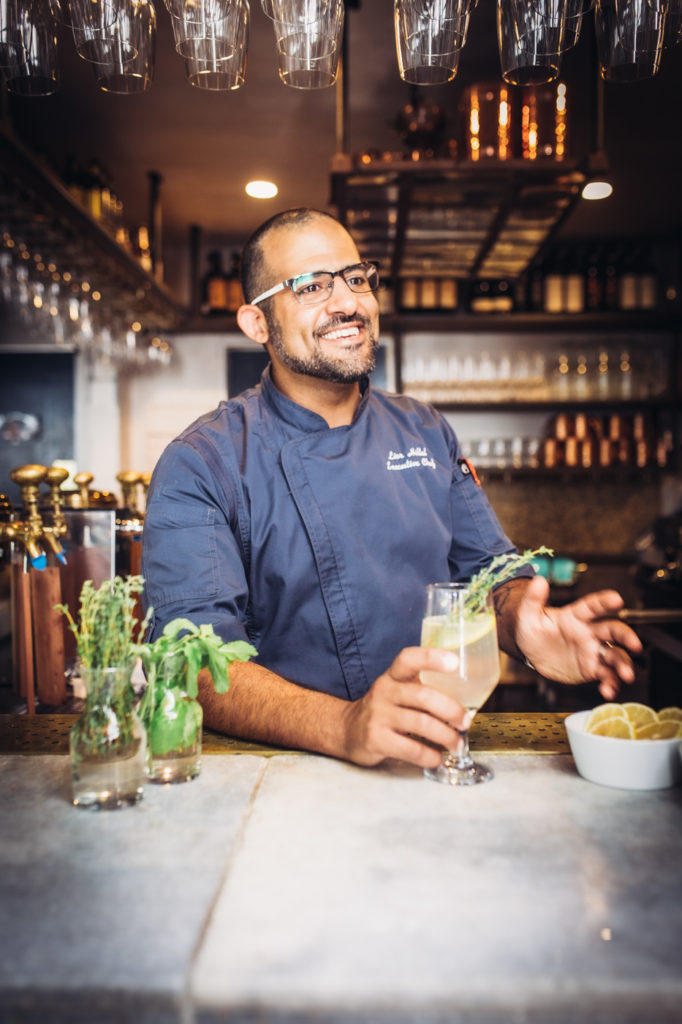
Today, a retro movement in Israel is carving out space for gazoz, using thyme- or sage-infused syrup for an added layer of taste beyond the simple blackberry or lemon and honey that would have been used. Creations from Café Levinsky 41, a sliver of a bar located in Tel Aviv’s Florentin neighborhood, look more like farmers market bouquets than soda. Beneath garnishes of kale, purple basil, and other foliage swirls a seltzer concoction mixed with rosewater, clove, za’atar syrup, or even Szechuan pepper.
“I don’t think you can pull off a gazoz over here,” Hillel explains, not doubting that the wellness-seeking or non-alcohol scene wouldn’t readily consume it, but instead referencing the word’s notable absence from the majority of U.S. menus. “Here, you’re going to call it Italian soda.”
Considered an “anti-concept” of the day, gazoz also inspired songs, rhymes and work by the prominent Israeli poet Hayim Nahman Bialik. It was seen as the alternative to fancy coffee. “Tel Avivians back then did not order a latte, macchiato or cappuccino,” Hillel says, loosely translating an article by writer Yuval Karni, written in Hebrew. “In those days, [the gazoz bar] offered the best of local produce: sweet-and-sour, sweet-nap juice, and sweet slushy.”
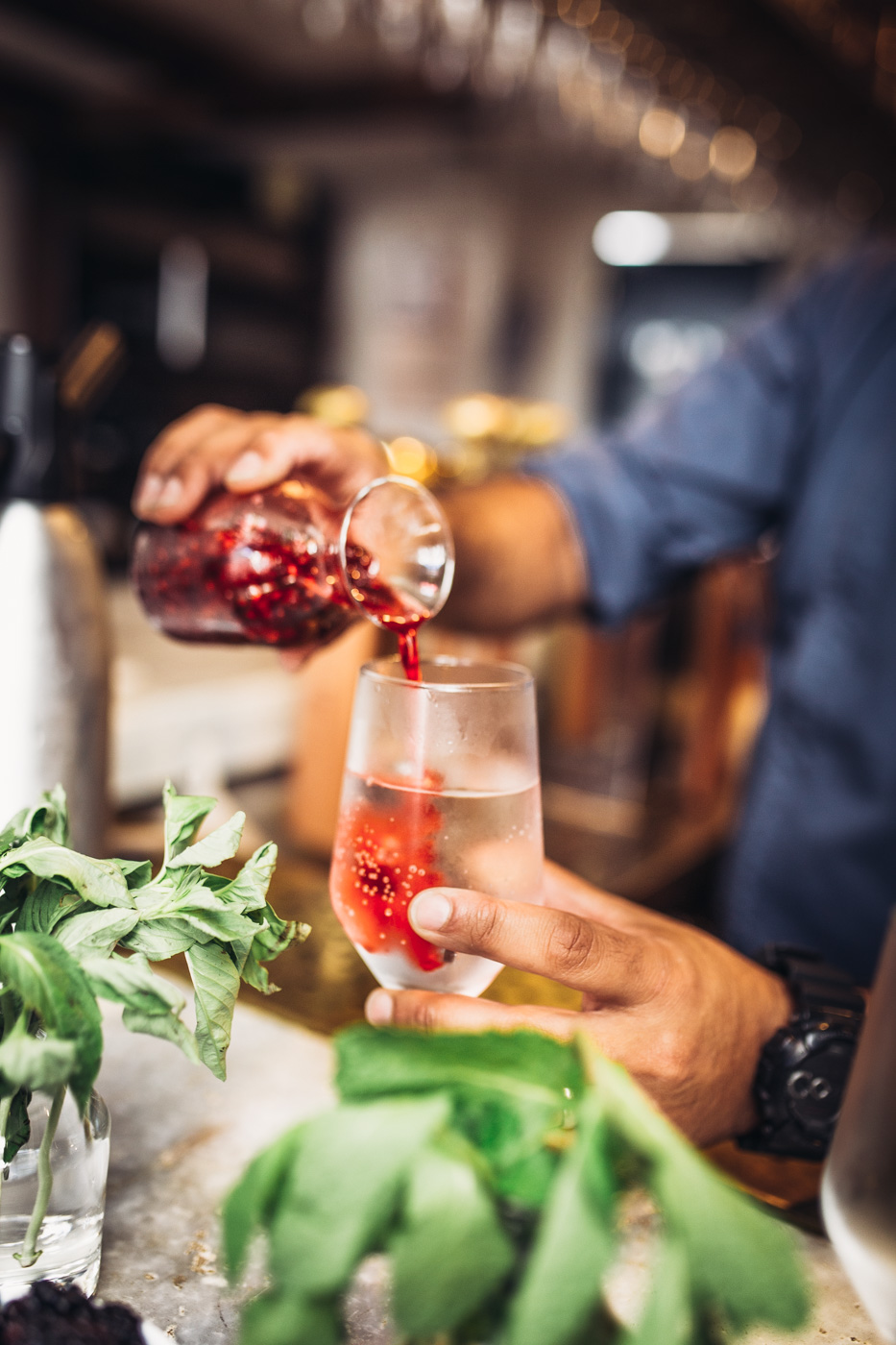
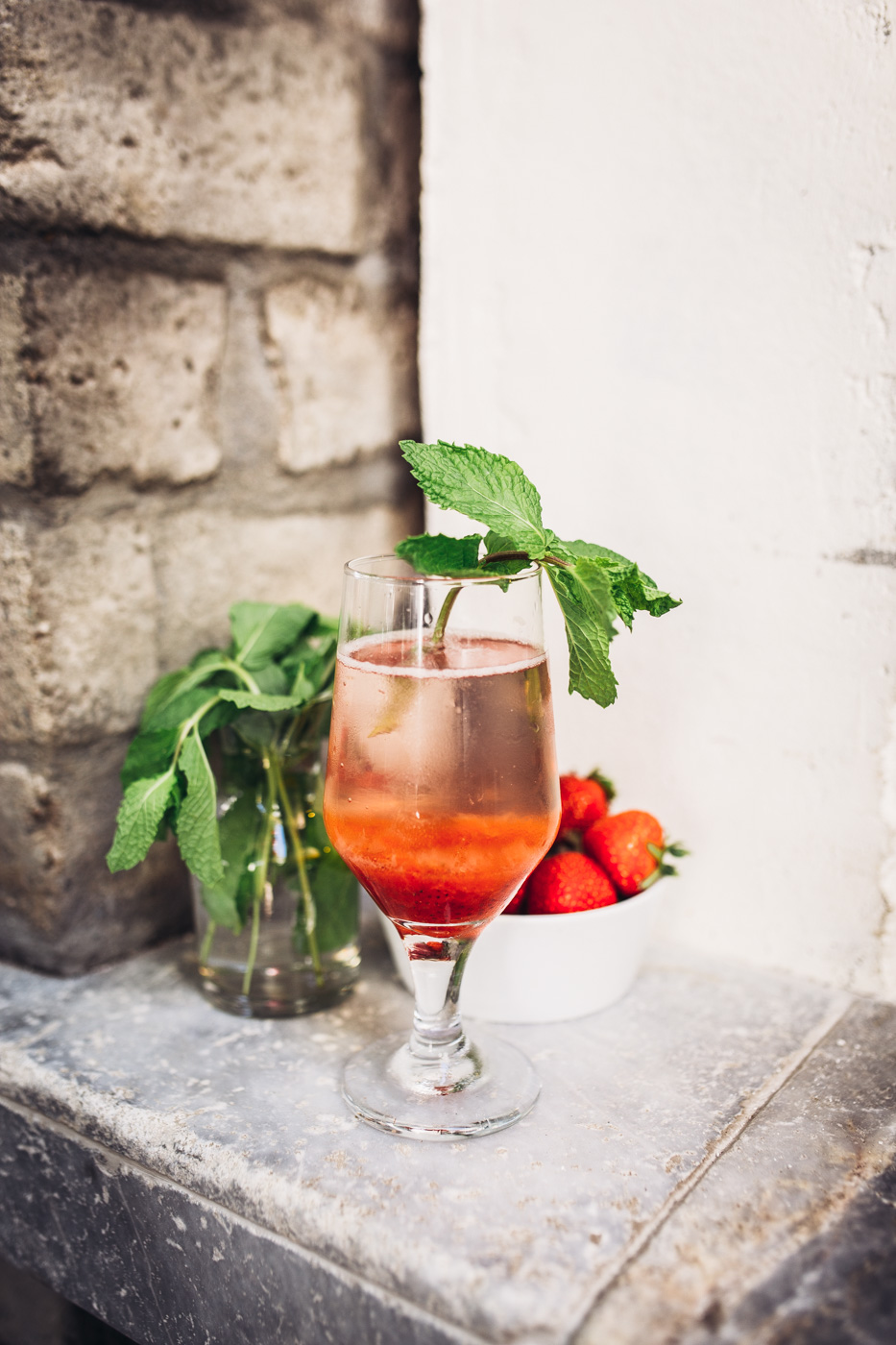
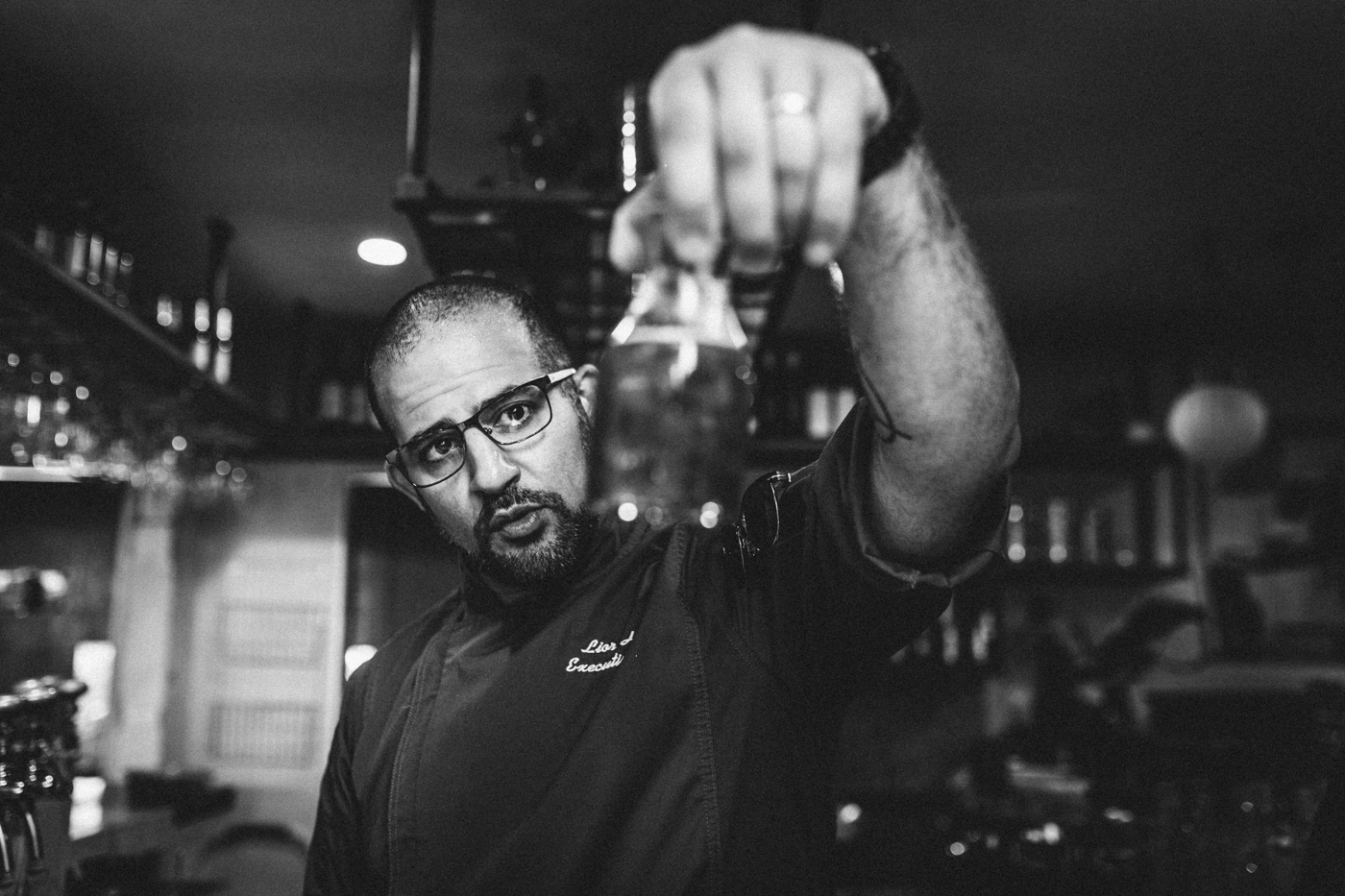
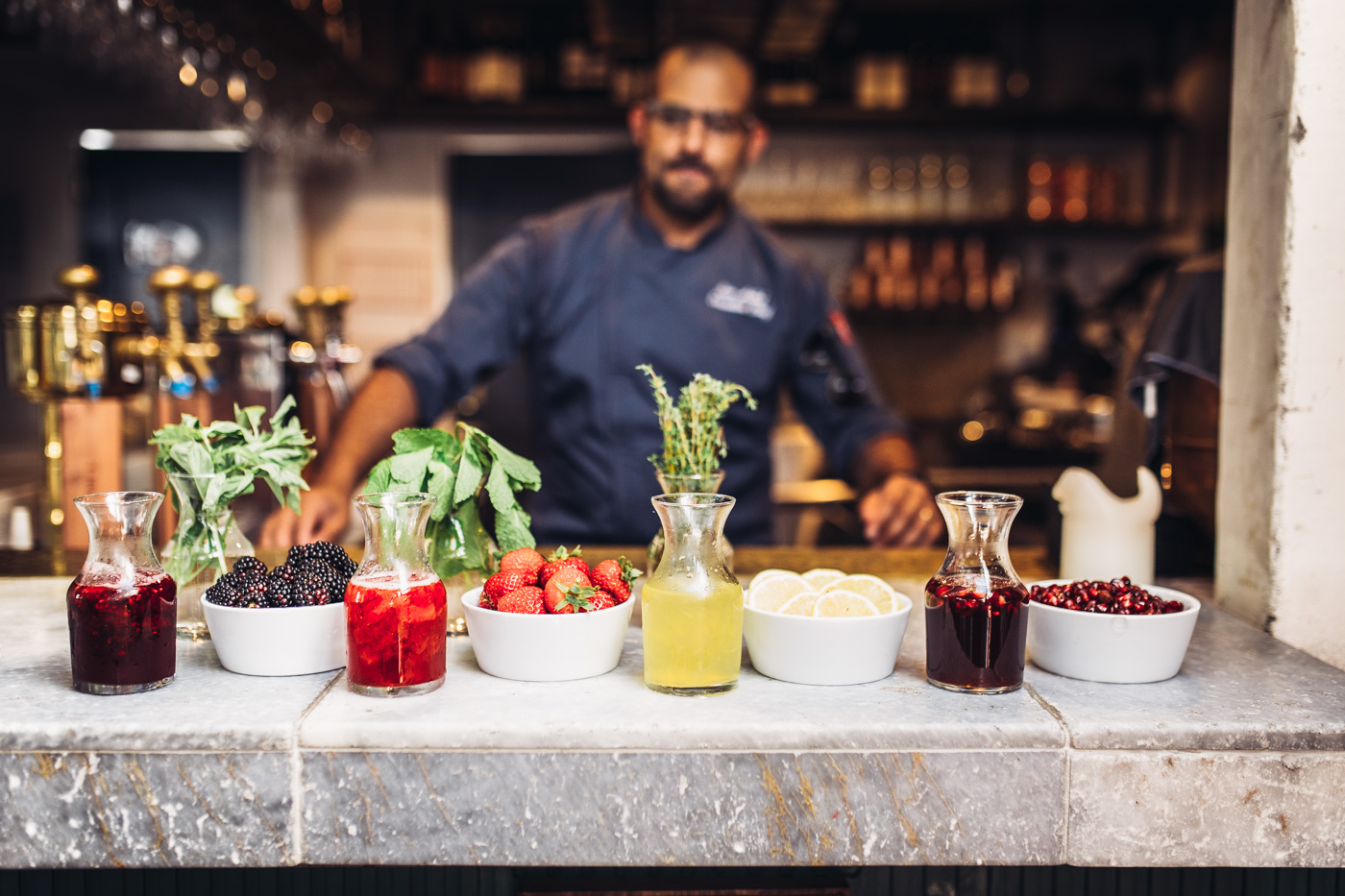
In Turkey, a search for gazoz yields a similar theme of anti-establishment in the form of local soft drink; each town produced and bottled distinctive flavors based on mineral water from its soil mixed with additions like raspberry, ginger, lemon or bitter almond. Once Coca-Cola invaded the market (and subsequently secured a monopoly on glass bottles) in the 1960s, gazoz production declined. Though a few national brands—Uludag Icecek, Nigde and Camlica—found some success in exporting abroad, foreign imports eventually relegated Turkish gazoz to the back of collectors’ shelves.
In the early 2000s, a nostalgic wave hit Turkey and gazoz began its comeback. In 2003, Uludag Icecek re-released its stylish glass bottle along with a campaign highlighting its first mass-produced gazoz from 1932. Today, boutique cafés and bottle shops spotlight gazoz in the same way one might expect craft beer—with over a hundred different varieties, featuring artisanal makers using beet root sugar, and producing unique flavors like coconut, chocolate, coffee and tamarind.
No matter where in the world gazoz appears, whether in Israel, Turkey or even Hawaii (look for the Drink Gazoz stall at farmers markets in Honolulu), two characteristics should be certain. It’s fizzy, and it’s refreshing. Don’t overcomplicate it, use local ingredients when you can, drink a commercialized version if you must.
“Have it anytime,” says Hillel. “Israel is hot. You are right by the beach; [gazoz] would be like your cold Budweiser but a little healthier, and it definitely looks better.”
Raise a glass to that sparkling truth.
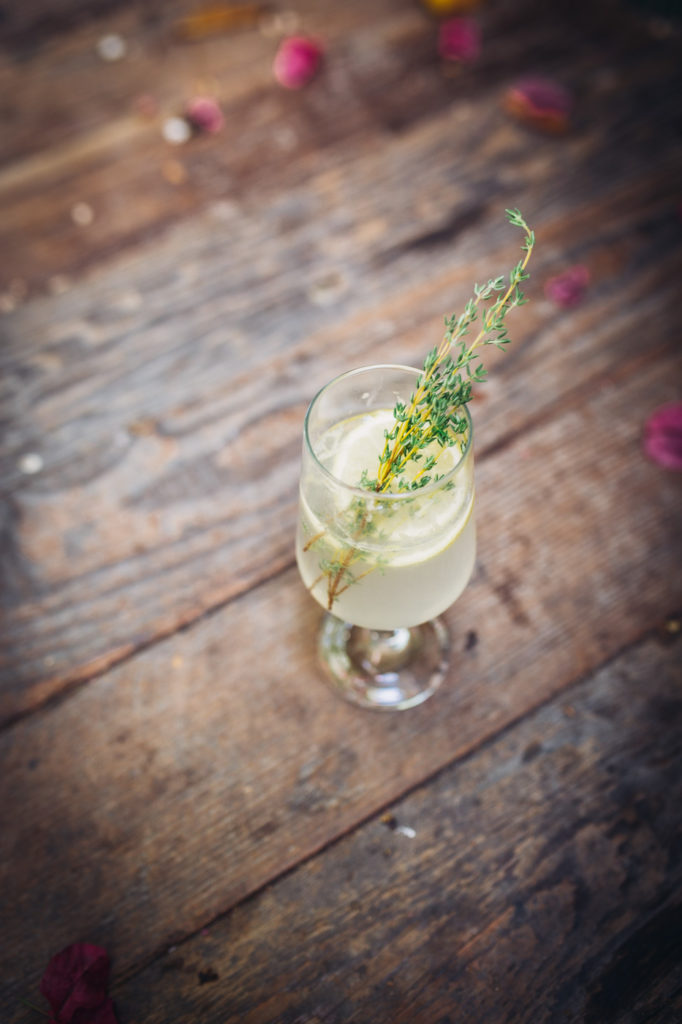
Recipe
Chef Hillel’s Recipe for Lemon & Thyme Gazoz
Ingredients:
- 1 cup water
- 2 cups cane sugar
- 1 cup fresh lemon juice
- Zest from 1 ½ lemons
- 6-7 sprigs of thyme
Preparation:
- In a small pot, make a simple syrup. Mix the sugar and water together and bring to a boil. Turn the heat down to a simmer and cook for 10 minutes.
- Turn off the flame and add the thyme springs. Stir the simple syrup and let it steep for about 10 minutes.
- Add the lemon zest and lemon juice, mix well. Transfer to a container and let it cool completely.
To serve:
Pour as much syrup as you desire and add ice-cold seltzer water. Garnish with thyme sprigs and a slice of lemon. If you’d like, spice it up and add a shot of vodka. Now lay back, relax and enjoy.





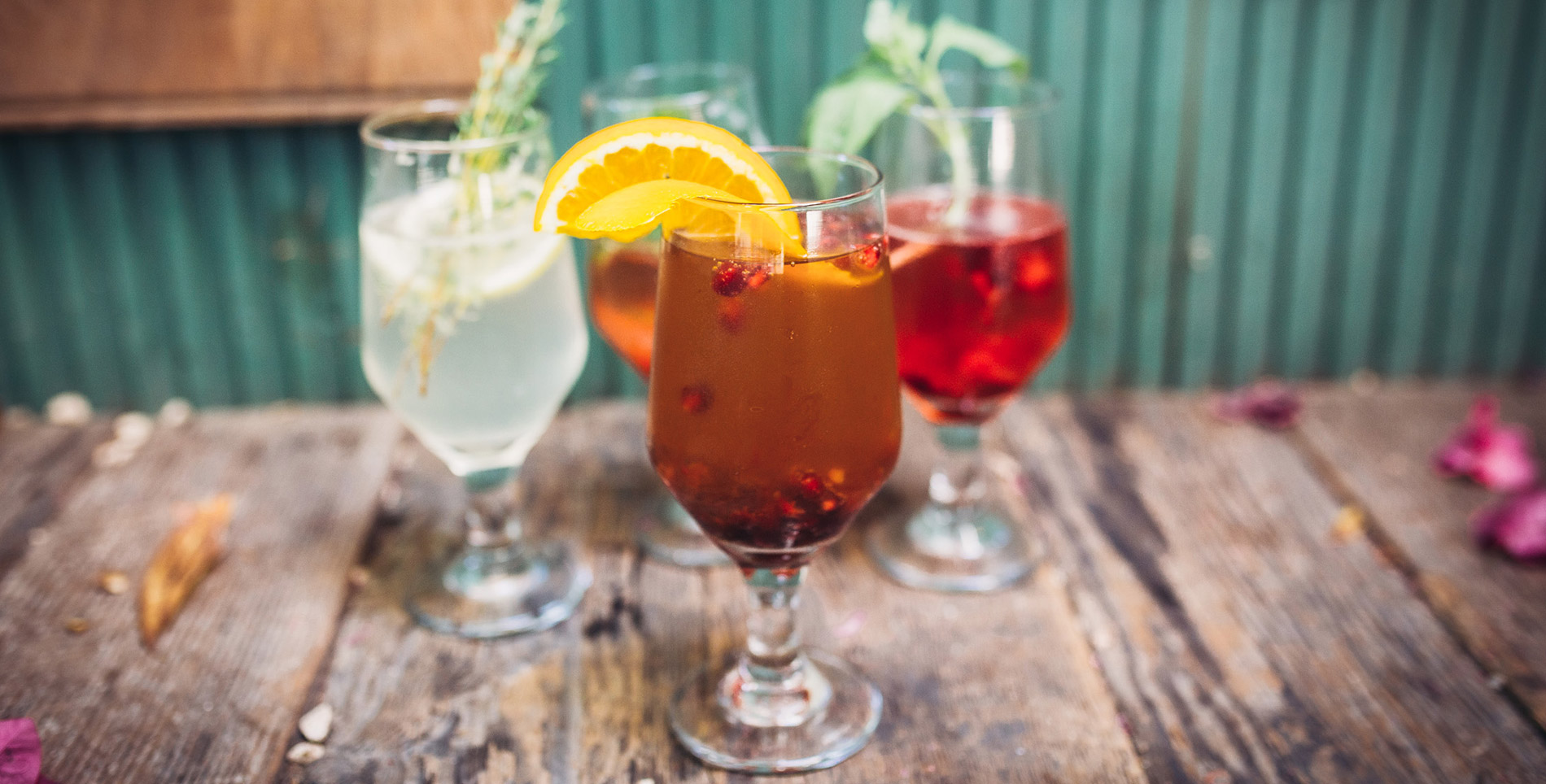

Our comments section is for members only.
Join today to gain exclusive access.